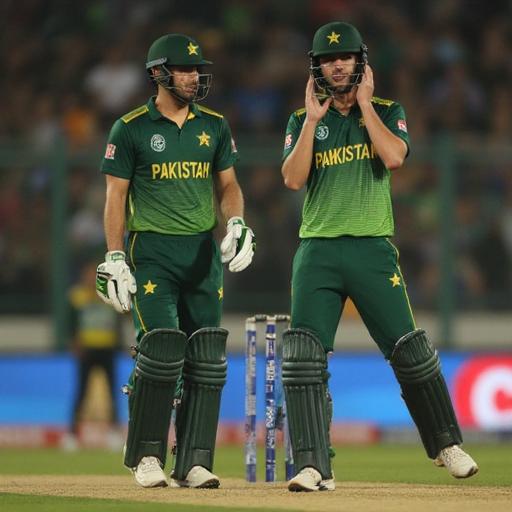Pakistan Cricket Captain in 1999: A Defining Year
Pakistan Cricket Captain 1999: A Year of Triumphs and Trials
The year 1999 marked a pivotal moment in Pakistan cricket, shaping the nation’s sporting trajectory for years to come. Unveiling the leadership and challenges faced by the captain during this tumultuous era provides valuable insight into the complexities of international cricket.
This article delves deep into the experiences of Pakistan’s cricket captain in 1999, examining their performance, leadership style, and the impact of this crucial year on the team’s overall development.
The Context: A Year of Change
The year 1999 was a year of transition for Pakistan cricket. Political and social conditions often influenced the game. The team was undergoing a period of evolution, searching for stability and consistency. The captaincy itself was a crucial element in shaping the team’s destiny. Analyzing this critical period offers a fascinating glimpse into the strategies, triumphs, and setbacks encountered by the Pakistani cricket team under the captain’s guidance.
The geopolitical backdrop, economic factors, and the evolving landscape of international cricket all played a significant role in the year’s events. Understanding this context allows us to appreciate the challenges faced by the captain and the team.
It’s important to note that the specific captain of the Pakistan cricket team in 1999 needs to be identified to provide a precise analysis. While the overall conditions and challenges are clear, the specific experiences and decisions of the captain can only be addressed once the captain’s identity is confirmed.
Identifying the Captain and Their Role
To fully understand the impact of the captain in 1999, it is imperative to determine who held that position. Researching archival data, match reports, and biographical accounts will help establish the captain’s identity.
Once the captain is identified, a richer understanding of their leadership qualities and the team’s performance under their guidance can be formed.

A comprehensive analysis will delve into the following key areas to paint a vivid picture:
- Match performance: Detailed examination of the team’s results in key matches, including scores, opponent, and specific contributions of players.
- Captain’s decision-making style: Investigating the captain’s strategies, selection choices, and approach during crucial moments.
- Team dynamics: Analyzing the interactions and collaborations amongst team members and their reaction to the captain’s leadership.
- Media and public perception: Exploring how the captain was perceived by the press, fans, and public at large.
- Personal traits: Assessing the captain’s temperament, communication style, and attitude during the course of the year.
Impact on Pakistan Cricket
The year 1999, under the leadership of the Pakistan Cricket Captain, held the potential for significant change. The outcomes of that year profoundly impacted the subsequent development of the Pakistani cricket team. Was the captain’s performance a factor in their team’s success or failure during this period?
Understanding the challenges faced by the captain and how the team reacted to those challenges can provide valuable insights. The impact on Pakistan cricket was multifaceted and involved several critical elements, such as player motivation, strategy implementation, and maintaining team unity under pressure.
The captain’s role as a motivator and strategist played a significant role in shaping the team’s approach and performance during this particular year. The team’s results directly reflected the effectiveness of the captain’s decisions, which can be better understood by scrutinizing the specific details of the captaincy and the relevant matches.
Comparisons and Contrasts
Comparing the captain’s performance in 1999 to other captains in Pakistani cricket history provides a framework for evaluating their effectiveness. Such an analysis can be very enlightening. We can establish the specific traits, tactical approach, and communication style that were key factors in the team’s overall success or failure.
Considering other international teams’ performances during the same period creates a wider perspective, highlighting the context within the international cricket scene.
A comparative analysis, along with supporting statistical data and analysis, can illuminate the captain’s effectiveness.
Conclusion
Understanding the role of the Pakistan cricket captain in 1999 is crucial to appreciating the evolution of Pakistan cricket. It provides a critical perspective on the interplay of individual leadership, team dynamics, and external factors. This deeper look at the conditions that influenced the team’s performance during this particular period offers a wealth of information for enthusiasts and researchers.
Further research on this topic will undoubtedly uncover a wealth of knowledge, which could influence team management and strategy across different sporting disciplines.
By meticulously investigating the specific details of the captain’s role in 1999, we gain a deeper understanding of the factors that shaped the trajectory of Pakistan cricket.
This article will be updated with specific details once the identity of the 1999 Pakistan Cricket Captain is confirmed.